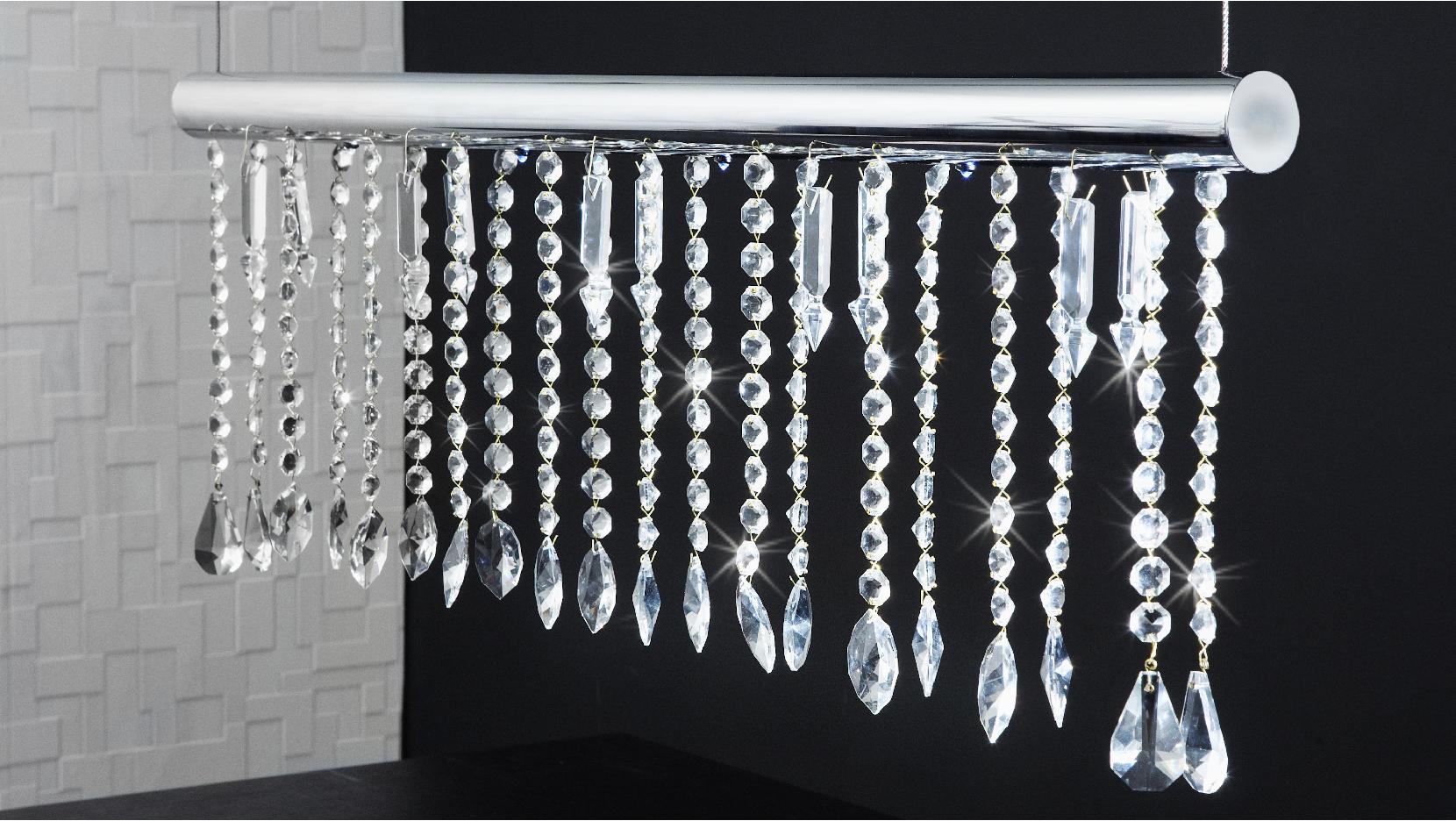Introduction:
Crystal Light is a popular beverage mix that offers a variety of flavors with low or zero calories. Marketed as a healthier alternative to sugary drinks, Crystal Light has gained significant popularity among individuals looking to cut down on their calorie intake. However, concerns have been raised regarding the potential health effects of consuming Crystal Light. This comprehensive guide aims to explore the various aspects of Crystal Light and its impact on your health.
Understanding Crystal Light:
Ingredients:
Crystal Light contains a variety of ingredients, including artificial sweeteners, flavorings, and preservatives. The key components typically found in Crystal Light include aspartame, acesulfame potassium, maltodextrin, citric acid, and natural or artificial flavors. It is important to note that while these ingredients are considered safe for consumption by regulatory authorities, some individuals may have sensitivities or allergies to certain additives.
Artificial Sweeteners:
One of the main concerns surrounding Crystal Light is the use of artificial sweeteners like aspartame and acesulfame potassium. These sweeteners provide the sweet taste without adding significant calories. While regulatory agencies such as the FDA have approved the use of these sweeteners, there have been debates about their long-term effects on health. Some studies suggest a potential link between artificial sweeteners and weight gain, increased appetite, and metabolic disturbances. However, the current evidence is inconclusive, and more research is needed to establish a definitive conclusion.
Health Implications:
Weight Management:
Crystal Light is often marketed as a weight management tool due to its low-calorie content. By substituting high-calorie beverages with Crystal Light, individuals can reduce their overall calorie intake. However, it’s important to note that weight management is a complex process influenced by various factors such as overall diet, physical activity, and individual metabolism. While Crystal Light can be a part of a balanced diet, relying solely on it for weight loss may not yield sustainable results.
Hydration:
Staying hydrated is crucial for overall health and well-being. Crystal Light can be a flavorful alternative to plain water, encouraging individuals to consume an adequate amount of fluids. However, it’s important to recognize that some individuals may mistakenly view Crystal Light as a substitute for water, which may lead to inadequate hydration. It’s recommended to prioritize water intake and consider Crystal Light as an occasional beverage option.
Dental Health:
Crystal Light, like many other flavored drinks, contains acids that can erode tooth enamel. Citric acid, a common ingredient in Crystal Light, can contribute to tooth enamel erosion over time if consumed excessively. To minimize the risk to dental health, it is advisable to consume Crystal Light in moderation, use a straw to reduce contact with teeth, and maintain good oral hygiene practices such as regular brushing and flossing.
Sensitivities and Allergies:
Individuals with sensitivities or allergies to specific ingredients found in Crystal Light should exercise caution when consuming the product. Some people may experience digestive issues, headaches, or allergic reactions after consuming certain additives. It is recommended to read the product label carefully and consult a healthcare professional if you have any concerns or known sensitivities.
Conclusion:
Crystal Light can be a convenient and enjoyable beverage option for those seeking a low-calorie alternative to sugary drinks. However, it is important to be aware of the potential implications associated with its consumption. While Crystal Light is generally considered safe, individuals should consider their overall dietary habits, potential sensitivities, and consult with healthcare professionals if they have specific concerns. As with any food or beverage, moderation and balanced consumption are key to maintaining a healthy lifestyle.
- Sleep Tight: My Fun Journey with Just CBD’s Sleep Products! - September 30, 2024
- Top Picks for CBD Topicals: My Fun and Honest Review of JustCBD UK - August 16, 2024
- Benefits of Whitewillow Supplements - April 1, 2024

